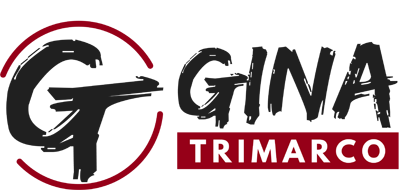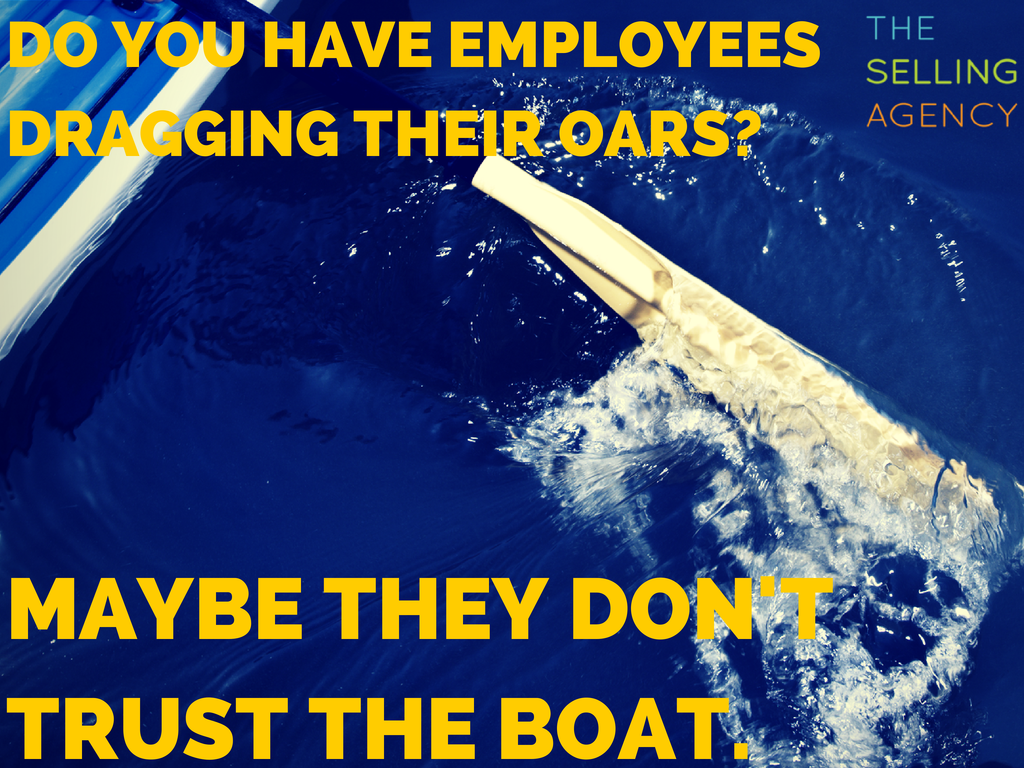The following guest post was written by Shawn Karol Sandy of The Selling Agency, a partner of Pivot10 Results and co-presenter of “From Pain To Profit: Strategically Pivot Your Talent and Culture” on June 23, 2016 in Myrtle Beach.
There’s a big discussion happening out in the business world about Employee Engagement: the emotional commitment an employee has to the organization and achieving its targeted goals. Employee engagement is the cornerstone for our building block “Culture” when The Selling Agency is called in to a business to build a Selling Organization {Directing all resources to the shared goal of revenue and profit growth}. You can’t enact the “Behaviors” of a Selling Organization if it’s not built on the shared Culture for achieving goals. Performance, production and retention are all affected deeply by employee engagement and that directly impacts your business bottom line.
So, imagine a rowing team of ten – you’ve got 3 people rowing like mad, say, 4 who are pretending to row and 3 who are dragging oars in the water. How effective is that team in getting across the finish line?
According to Gallup, those pretenders and oar dragging employees cost American businesses an annual $300 BILLION. Wow.
Having been in many sales roles in businesses big and small, I’ve seen this many times undermine sales results and profitability. Say your sales people are out there prospecting, generating leads, closing deals and then bringing them back in to the business. But sales doesn’t trust production because they’ve not met the deadlines they’ve committed to, the production department doesn’t trust sales as they’ve given them incomplete specs, and customer service reps don’t like anyone because they have to deal with production and sales and invoicing issues. And no one trusts their managers because they can’t seem to make the other departments “do their jobs”.
It’s pretty easy to disengage from shared goals if you don’t trust that anyone you work with or work for is rowing in the same direction you are.
Disengagement happens for multiple reasons: wrong person in the position, weak leadership or management, and many times, breaking employee trust for organizational survival {this happened a lot during the recession – not keeping promises or fulfilling expectations}.
If employees don’t believe they will be rewarded, compensated, recognized or treated fairly for their efforts, or if they feel their efforts are wasted or undermined by others in the organization, you can watch their efforts decline, withdraw or possibly become corrosive and their disgruntled attitude becomes infectious.
Employee engagement – whether it’s Thelma who answers the phone or Johnny who delivers the parts – the strongest company cultures are one with engaged employees who trust in their leadership and peers and participate in achieving the shared goals.
So, how do you “trust” your way to Engagement and a Selling Organization?
With communication, transparency, authenticity, empathy and behavioral integrity. Much of this interaction is individual but as Steven Covey describes in his book “The Speed of Trust – The One Thing That Changes Everything,” individual interaction sets the stage for the group:
There’s a lot more work to do here to engage employees in the shared culture of a Selling Organization but this is the best place to start: Nan S. Russell author of Trust, Inc.: How to Create a Business Culture that Will Ignite Passion, Engagement, and Innovation.
Here are 5 Ways to Build Trust
1. GET PERSPECTIVE ON WHAT MATTERS TO OTHERS.
Staying above the noise and building trust involves committing to and demonstrating that the relationship matters. That requires growing perspective beyond self-interest.
If you don’t know what matters to the people you lead, work with, or who are important to your business, what does that communicate about their value to you? Communication is elevated and trust grows in relationships that are mutually beneficial. After all, trust building is relationship building.
2. INCREASE DIALOGUE WITH EVERYONE INVOLVED.
Starting and maintaining a dialogue with people you work with builds trust. It involves a mindful exchange without preconceived agendas. Dialogue is a way of hearing and contributing to a collective wisdom without judgment, a need to win, or a desire to believe you have the answer. In some ways, it’s about thinking together and, in doing so, opening oneself to new possibilities and new voices.
3. PRACTICE THOUGHTFUL TRANSPARENCY.
In the context of elevating communication and building trust, transparency isn’t knowing everything or telling everything. It’s creating an environment where people can trust they’ll have the pertinent information they need to do great work, make informed decisions, enter into genuine relationships, and operate with self-alignment and integrity. It’s grounded in doing what’s right without violating confidentiality or having self-serving intentions.
4. CONTRIBUTE GRATITUDE.
Sincere, specific, and personal appreciation that builds trust and elevates communication is the opposite of what happens in many work groups where robotic awards, canned programs, and generic messages are the norm.
Contributing gratitude starts with focused noticing–and a “thank you”: “Thank you for taking on additional tasks during the hiring freeze”; “Thank you for giving up your weekend to finish the proposal”; “Thank you for an exceptional job dealing with that customer problem.” It’s not a program–it’s genuine, heartfelt, and honest appreciation.
5. ALIGN WORDS AND ACTIONS.
This elevating communication basic isn’t about “walking the talk” or “walking the walk,” or any other organizational jargon. It’s about you. What do you say? What do you do? People’s perception of your word-action alignment, i.e. your behavioral integrity, influences how they see you–trustworthy or not trustworthy. What you say and what you do must be in alignment in order to elevate communication. You can’t stay above the noise and build trust without it.
Employees aren’t the ones who need trust and engagement. Customers need to feel the trust to be engaged and compelled as well. Vendors, suppliers, partners, sponsors, leaders, owners, non profits, boards, managers and employees themselves can all practice building trust in their working relationships to engage their audience and reach shared goals.
Who’s “engaged” in your organizations?
Until next time, keep kickin’ butt!
-sks
P.S. If you need help getting UNSTUCK, REGISTER NOW for our one-day conference “From Pain To Profit: Strategically Pivot Your Talent and Culture” on June 23 in Myrtle Beach.
ABOUT POST AUTHOR
 Shawn Karol Sandy
Shawn Karol Sandy
Straightforward, practical and perhaps slightly cheeky, Shawn Karol Sandy’s innate gift is helping people find new ways to solve old problems, unique ways to approach new problems and helping businesses re-invent themselves and their sales strategies. With Bold and Brave thought leadership and Clear Action Plans, her impact on business is Measurable and Meaningful and will lead your sales revolution to growth and revenue goals.





